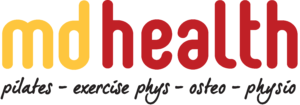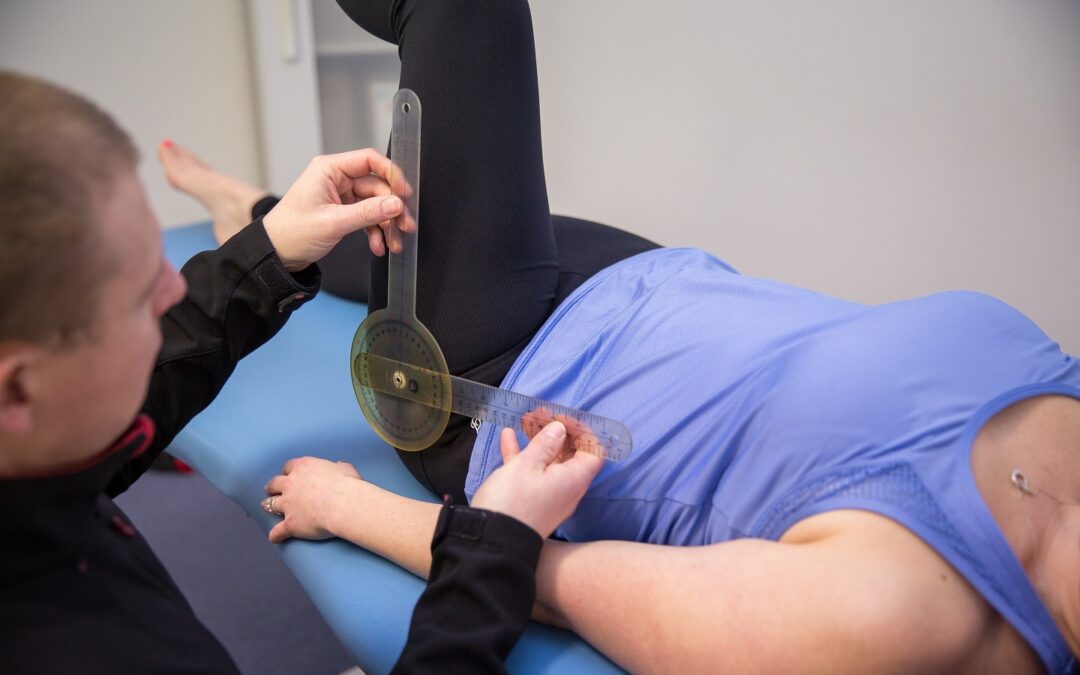At MD Health, we always start your Clinical Pilates program with a Full Body Assessment. What this means is that we assess all your major body parts, starting with your neck, shoulders, back, pelvis, hips, knees and ankles so that each program can specifically and individually tailored to each individual.
Why is it so important to start a Pilates program with a Full Body Assessment?
We are not able to customise a Clinical or Personalised Pilates program, without assessing each body part specifically.
In particular, we need to know more about any injuries you describe (commonly back pain) and any underlying injuries that will affect your program, that you may not be aware of (very often we find knee pain such as PFJ injuries). This will make a big difference in whether the program will be effective or not
How was the Full Body Assessment developed?
The Full Body Assessment was developed by looking at all the potential tests we could do for each major body part, summarising them and determining which combination of tests will allow us to determine all the major injuries that can affect each body part (roughly 190 tests). Over the last 10 years we have refined this process and as new research and technology has emerged, we have refined the process even further to be more accurate. We continue to further refine and improve this process.
What does a Full Body Assessment involve?
It involves assessing
- Posture (as well as specific foot posture)
- Neck
- Thoracic Spine
- Lower Back
- Pelvis
- Hips
- Knees
- Ankles
The process takes 1 hour. After we finish testing, the physiotherapist/exercise physiologist will again analyse the results and determine any particular injuries present and write the program based on your goals, injuries, strengths and weaknesses.



